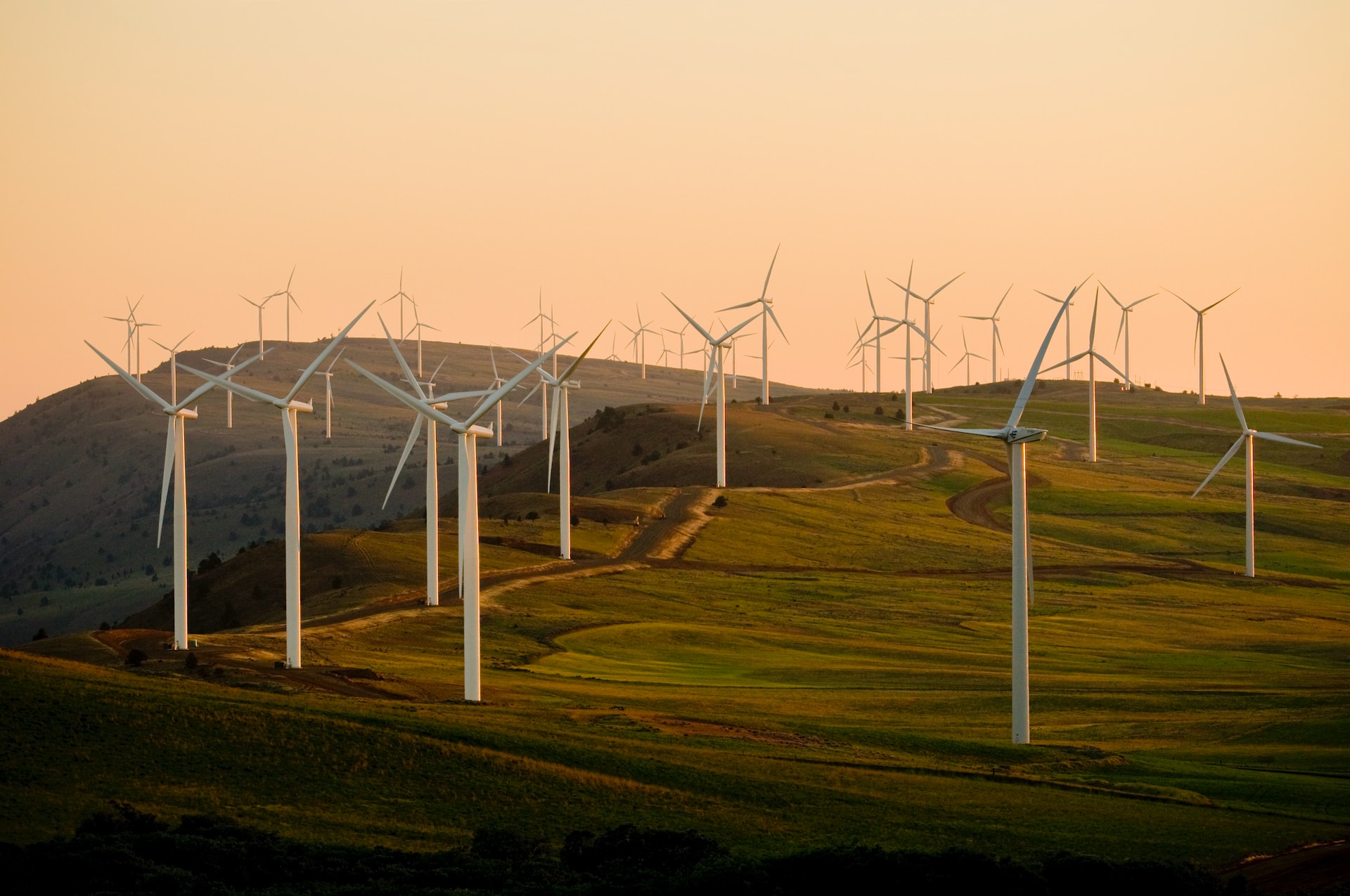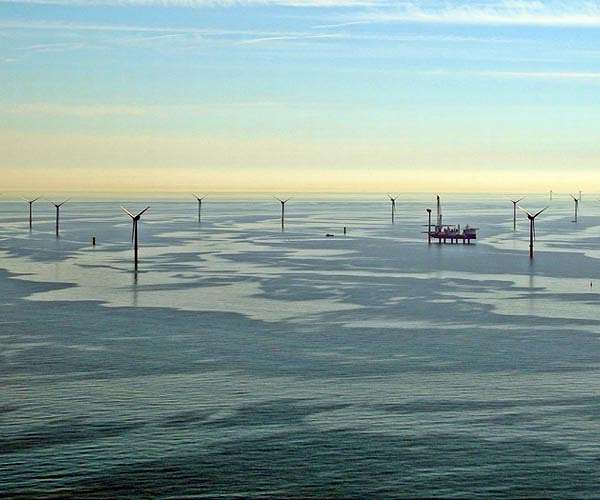
According to nonprofit group the SUN DAY Campaign, a review of fresh data from the U.S. Energy Information Administration (EIA) and the Federal Energy Regulatory Commission (FERC) shows that U.S. wind and solar combined now provide more generating capacity and produce more electricity than coal.
In the first two months of this year, electrical generation by solar (including small-scale distributed systems) grew by 6.7{7bfcd0aebedba9ec56d5615176ab7cebc5409dfb82345290162ba6c44abf8bc8} compared to the same two-month period in 2022 – faster than any other energy source. This was driven in large part by growth in “estimated” small-scale (e.g., rooftop) solar photovoltaic, whose output increased by 23.6{7bfcd0aebedba9ec56d5615176ab7cebc5409dfb82345290162ba6c44abf8bc8} and accounted for 32.5{7bfcd0aebedba9ec56d5615176ab7cebc5409dfb82345290162ba6c44abf8bc8} of total solar production.
The mix of utility-scale and small-scale solar PV plus utility-scale solar thermal provided 3.9{7bfcd0aebedba9ec56d5615176ab7cebc5409dfb82345290162ba6c44abf8bc8} of the nation’s electrical output.
Simultaneously, electrical generation by wind increased by 6.6{7bfcd0aebedba9ec56d5615176ab7cebc5409dfb82345290162ba6c44abf8bc8} compared to the same period a year ago and provided 12.2{7bfcd0aebedba9ec56d5615176ab7cebc5409dfb82345290162ba6c44abf8bc8} of total electrical generation. Thus, wind and solar combined provided 16.1{7bfcd0aebedba9ec56d5615176ab7cebc5409dfb82345290162ba6c44abf8bc8} – or nearly one-sixth – of U.S. electrical generation in the first two months of 2023.
By comparison, electrical generation by coal plummeted by 32.7{7bfcd0aebedba9ec56d5615176ab7cebc5409dfb82345290162ba6c44abf8bc8} and provided just 16{7bfcd0aebedba9ec56d5615176ab7cebc5409dfb82345290162ba6c44abf8bc8} of total U.S. electrical generation.
When generation by all renewable energy sources (i.e., including biomass, geothermal and hydropower) is considered, renewables accounted for nearly a quarter (24.1{7bfcd0aebedba9ec56d5615176ab7cebc5409dfb82345290162ba6c44abf8bc8}) of total generation and out-produced coal by 50.8{7bfcd0aebedba9ec56d5615176ab7cebc5409dfb82345290162ba6c44abf8bc8}.
Electrical production by the mix of renewables also surpassed that of nuclear power by 21.9{7bfcd0aebedba9ec56d5615176ab7cebc5409dfb82345290162ba6c44abf8bc8}.
Data from FERC – also for the first two months of 2023 – show that wind energy’s share of total available installed utility-scale generating capacity has grown to 11.5{7bfcd0aebedba9ec56d5615176ab7cebc5409dfb82345290162ba6c44abf8bc8} while that of solar is now at 6.6{7bfcd0aebedba9ec56d5615176ab7cebc5409dfb82345290162ba6c44abf8bc8}. Combined, wind and solar account for 18.1{7bfcd0aebedba9ec56d5615176ab7cebc5409dfb82345290162ba6c44abf8bc8} of installed U.S. generating capacity. On the other hand, coal’s share has continued its downward slide and is now just 17.1{7bfcd0aebedba9ec56d5615176ab7cebc5409dfb82345290162ba6c44abf8bc8} of the total.
Moreover, the mix of all renewables now accounts for 27.6{7bfcd0aebedba9ec56d5615176ab7cebc5409dfb82345290162ba6c44abf8bc8} of the nation’s generating capacity and appears to be on track for rapid expansion over the next three years.
Between now and February 2026, FERC anticipates 17,690 MW of “high probability” net capacity additions by wind and 77,791 MW of “high probability” solar.
FERC also reports that there may actually be as much as 66,322 MW of wind and 213,969 MW of solar in the three-year pipeline.
In contrast, no new coal capacity additions are anticipated, and total installed coal capacity may actually shrink by 28,507 MW. The net “high probability” capacities of both oil and natural gas are also seen as declining – by 1,572 MW and 574 MW, respectively – while that of nuclear power may fall by 123 MW.
“The trend lines are fairly obvious,” notes Ken Bossong, the SUN DAY Campaign’s executive director. “The gaps between the installed capacity of, and electrical generation by, renewable energy sources – led by wind and solar – and those of coal and nuclear power are not just growing but accelerating rapidly.”
Photo by American Public Power Association on Unsplash






